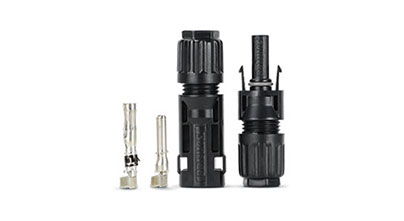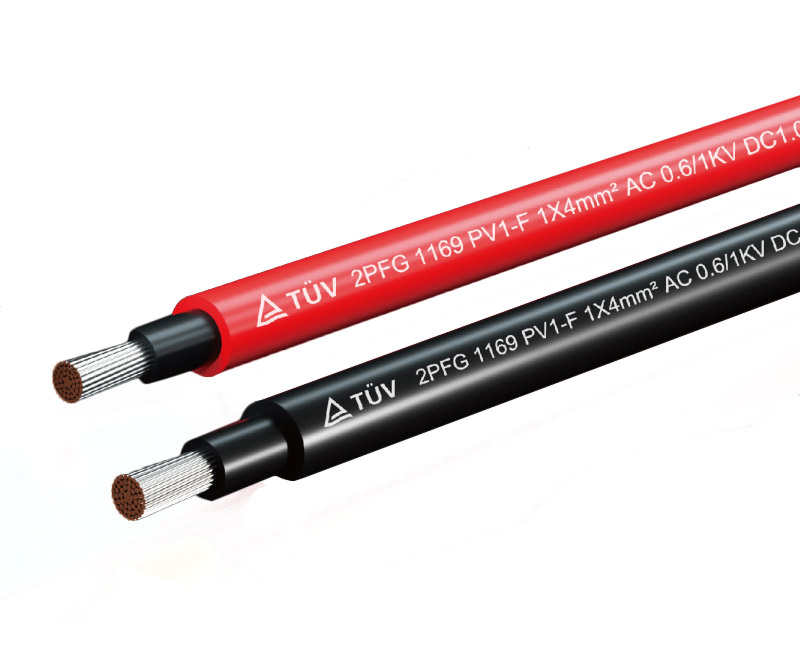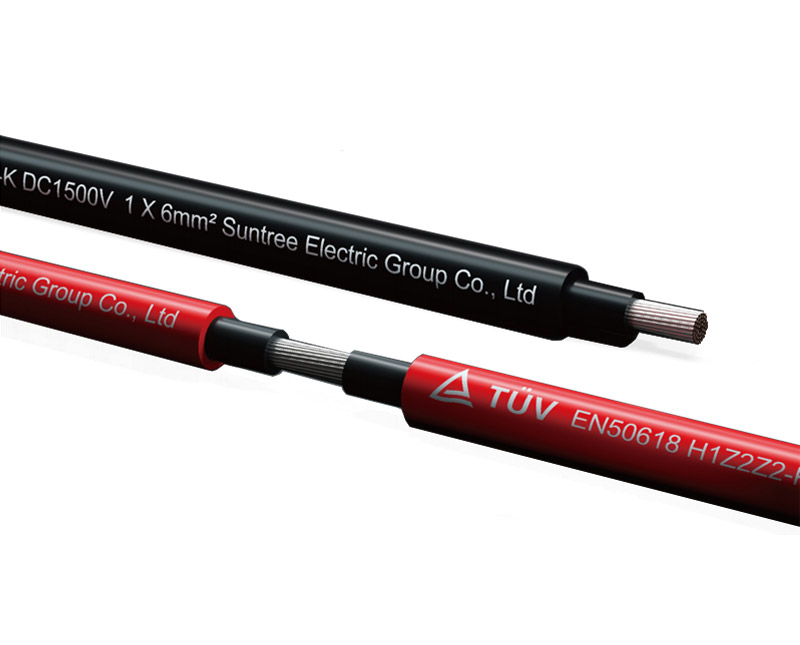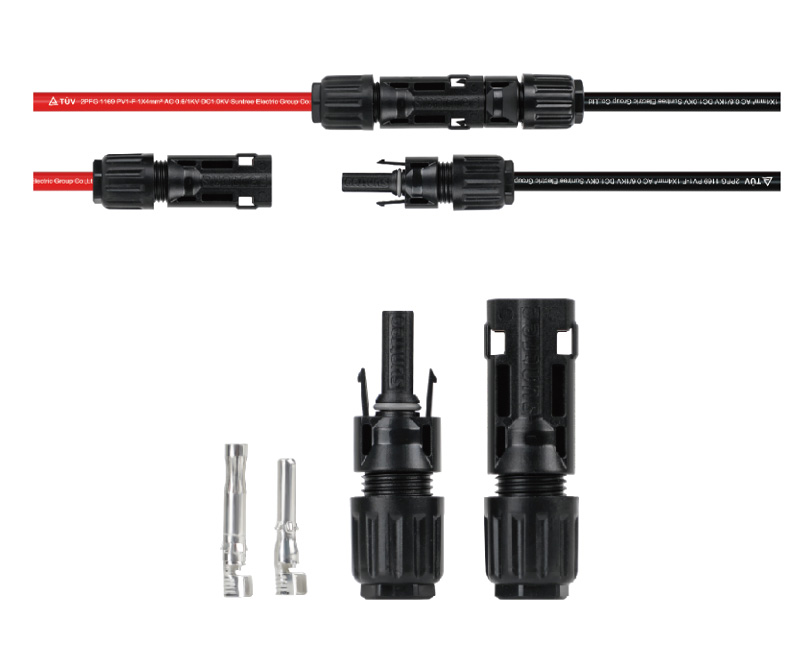temperature and humidity sensor
Temperature and humidity sensors play a crucial role in various industries and our daily lives. These sensors are designed to measure the ambient temperature and relative humidity of the surrounding environment with a high degree of accuracy.
In the field of agriculture, temperature and humidity sensors are used to monitor the conditions in greenhouses. By precisely measuring these parameters, farmers can optimize the growth environment for their crops. For example, maintaining the right temperature and humidity levels can enhance plant growth, prevent diseases caused by excessive moisture or temperature fluctuations, and improve overall crop yields.
In the industrial sector, these sensors are essential for many manufacturing processes. In a pharmaceutical factory, precise control of temperature and humidity is vital to ensure the quality and stability of the drugs being produced. In electronics manufacturing, the right environmental conditions are necessary to prevent damage to sensitive components during assembly and storage.
Now, let's consider some questions related to Solar Connectors in the context of temperature and humidity sensors.
Q: How can Solar Connectors be used in a system that includes temperature and humidity sensors?
A: Solar Connectors can be used to connect the sensors to a power source, especially in remote or off-grid locations. For example, in a weather station located in a remote area, where it may not be feasible to run traditional power lines, solar panels can be used to generate electricity. The Solar Connectors would then be used to connect the temperature and humidity sensors to the power output of the solar panels, ensuring a continuous supply of power for the sensors to operate and transmit data.
Q: What are the advantages of using Solar Connectors in such applications?
A: One of the main advantages is the ability to provide power in areas without access to the electrical grid. This makes it possible to install temperature and humidity sensors in remote locations, such as forests, deserts, or mountainous regions, for environmental monitoring purposes. Additionally, Solar Connectors are relatively easy to install and maintain, reducing the overall cost and complexity of the sensor installation. They also offer a sustainable and clean energy solution, aligning with the growing trend towards environmentally friendly technologies.
Q: Are there any challenges in using Solar Connectors with temperature and humidity sensors?
A: One challenge can be ensuring a stable power supply during periods of low sunlight, such as cloudy days or at night. This may require the use of energy storage devices, like batteries, which need to be properly connected and managed. Another challenge is protecting the connectors and the sensor system from the elements, as they are often exposed to outdoor conditions. Moisture and temperature extremes can affect the performance and lifespan of both the connectors and the sensors, so proper sealing and insulation are necessary.
In conclusion, temperature and humidity sensors are valuable tools in multiple fields, and when combined with Solar Connectors, they can be deployed in a wider range of locations to provide important environmental data. Understanding the relationship between these components and addressing the associated challenges can lead to more effective and efficient monitoring systems.








